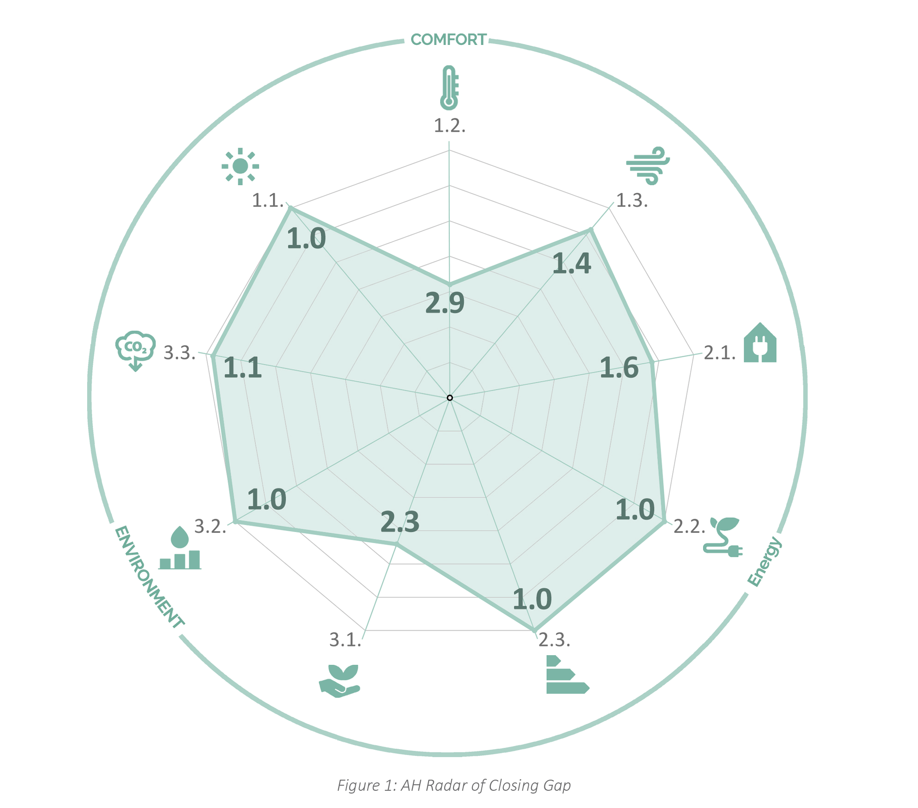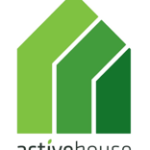040 Closing Gap, A building design according to the Active House specifications
Location: Mirke district, Wuppertal, Germany
Owner/investor: –
Architects: Mahsa Taslimi Niak – Saba Modaresi Alam – Mana Nemati Aghdam
Project type: Residential building
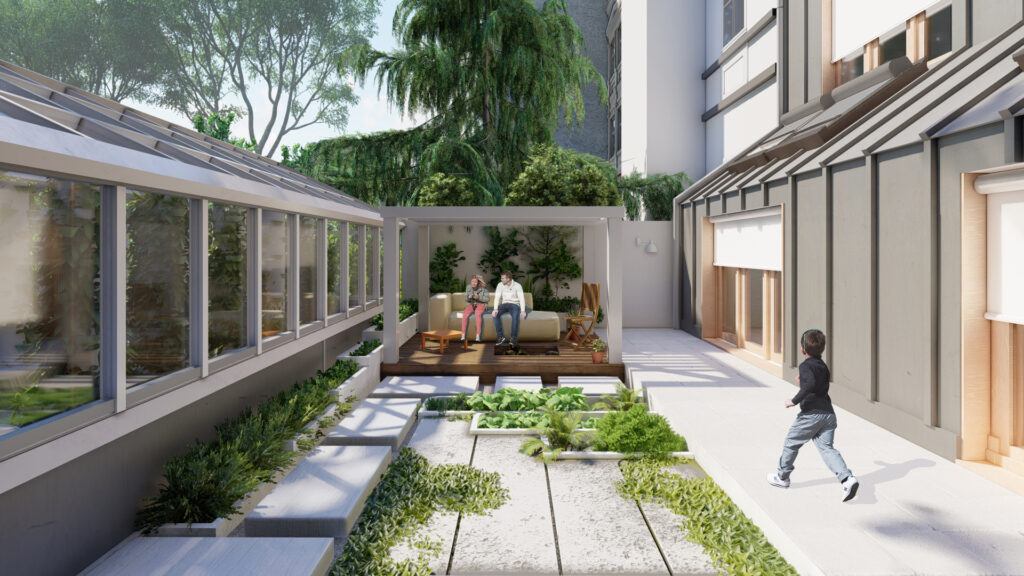
DAYLIGHT STRATEGIES:
1. Maximizing south-oriented surfaces and inclined roofs during volume design
2. Optimizing glazing system with increasing glazing to floor area ratio
3. Implementing shading system
4. Adding skylights on the rooftop
5. Using automatic roller blinds for all glazing parts
Daylight factors are calculated with VELUX Daylight Visualizer 3, a daylight simulation program based on CIE 16-1970- “Daylight” and validated against CIE 171:2006- “Test Cases to Assess the Accuracy of Lighting Computer Programs”.
Daylight factor levels in rooms are measured at work plane height (e.g. 0.85m above the floor), leaving a 0.5m border from the walls around the perimeter of the work plane.
In addition, to determine the glare potential, ASE calculations were done room by room.
The choice for all the windows was triple-glazed windows with 70% visible transmittance.
To mitigate glare potential, considering exterior roller blinds for the glazing parts, the openness factor and visible transmittance of blinds fabric were studied.
Corresponding to the radiation threshold, we considered blinds with 7.5% visible transmittance and 8% openness factor for the rooms facing south, and for the rooms facing north, we considered blinds with 38% visible transmittance and 40% openness factor since the glare potential in the rooms facing north was not as significant as the ones facing south.
THERMAL ENVIRONMENT STRATEGIES:
1. Thermal insulation
2. Airtightness
3. Thermal-bridge-free
4. Implementing shading system
5. Underfloor heating system
6. Automatic thermal control system
Active Houses should minimize overheating in summer and optimize indoor temperatures in winter without unnecessary energy use.
Many Analyses were done considering dynamic shading strategies which are adaptive to the radiation threshold.
When the rad is over 220 W/m² the shadings will be activated.
This strategy controls the heat gain and reduces overheating in summers.
Considering Hybrid ventilation, natural ventilation in summer and mechanical ventilation in winter are scheduled.
The heating system is also scheduled considering 12 hrs with a set temperature of 21 °C which drops to a minimum value of 19°C during system shut-down.
The choice is related to the fact that AH tool asks to meet requirements for a minimum of 95% of the occupied time, but it doesn’t consider some factors:
• An annual hourly evaluation does include the unoccupied hours which is more than 5% of yearly hours and to meet AH requirements these hours should be excluded.
• In bedrooms (especially at night-time) people are more sensitive to high temperatures when sleeping or trying to fall asleep, so in the reality, lower temperatures shall be eligible.
Basically, the temperature control strategy allows to reduce the influence of not occupied hours or night-time (when usually the heating system is not working) on the results and consequently on the scoring.
INDOOR AIR QUALITY STRATEGIES:
1. Natural ventilation by openable windows and window trickle ventilators
2. Automatic roof windows
3. Hybrid ventilation for cold seasons
The carbon dioxide concentration was studied room by room, here the number of users and the schedule of use for each room plays an important role in Co2 concentration which were taken into account in our analysis.
Describe how energy Efficiency parameters have been included in the design and how thoughts on use of renewable energy and energy efficiency parameters have been taken into account
ENERGY STRATEGIES:
The active strategies in general are described as a generation of electricity on-site through the use of high-efficiency photovoltaic panels that cover the roof.
This system is able to optimize the production of electricity from renewable sources, supplied to the air-water heat pump, to provide heating and the production of domestic hot water.
38 Building Integrated Photovoltaic systems (BIPV) are proposed to be installed on the south-facing roof with a slope of 36 degrees as BIPV gives further opportunities for integrating the modules together with one or more roof windows.
The heat generator is made of a compact indoor unit, with two integrated 300-liter technical storage tanks (600 liters in total) for production instantaneous domestic hot water and an outdoor unit (air-water heat pump) with a nominal heating power of 16 kW (with COP equal to 3 for both DHW and heating), with that transfers heat from the outside air to the water supplied for heating by radiant floor panels with a dry installation system.
In general, annual energy consumption was divided into space heating, Domestic hot water and lighting, and mechanical ventilation.
Here, the implementation of PV panels, with a total production of 27.8 kWh/m2.a helps the building to achieve the NZEB standard, with a small quantity of energy that could be sold back to the local grid (8.4 kWh/m2).
The primary energy performance is equal to -8.4 [kWh/m2], obtained by the product of the total energy used for heating, DHW, lighting, and mechanical ventilation (19.4 [kWh/m2]), to which the renewable energy supply is subtracted (27.8 [kWh/m2]), per the national primary energy factors.
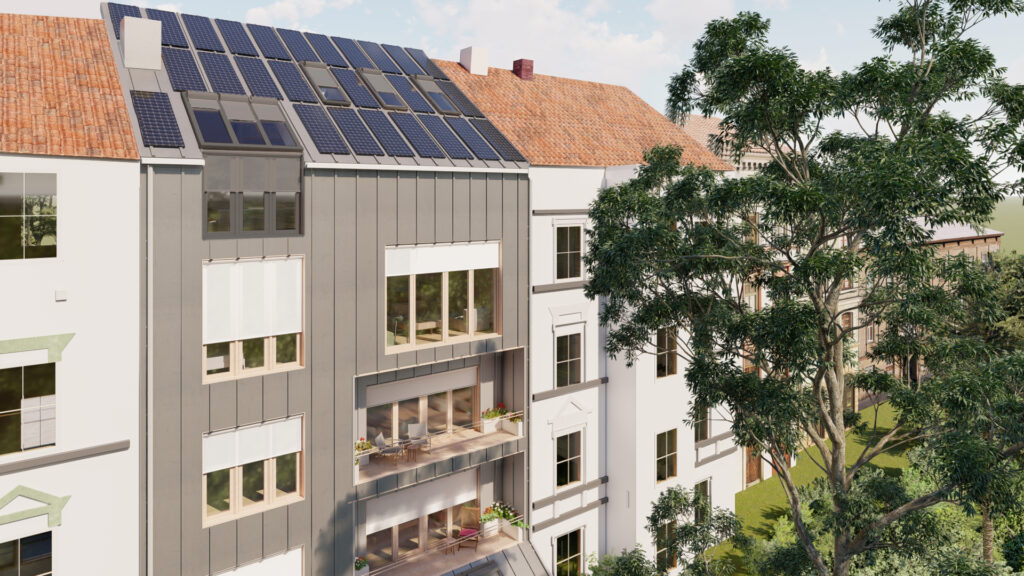
ENVIRONMENT STRATEGIES:
The building structure was timber-based constructional materials having a significantly lower Embodied carbon (EC) value.
When modeled through life cycle assessment without relying on arguments about carbon storage, timber is indeed the lowest carbon option.
Furthermore, sustainable timber has the lowest embodied energy of any mainstream building material (energy used in processing, production, and transportation from tree to consumer usage), significantly less than steel, concrete, or aluminum.
The building's LCA analysis determined the recycled content of 94 percent of the building's weight for entire non-structural materials.
It indicates that chosen building materials, by being certified sources, lessen the environmental load (PEFC and FSC for wood sourcing, and EPD for other materials).
With gutters put on the roof surface, filtration, system tank, pumps, and treatment system, rainwater is collected to cover landscape irrigation, wash applications, and toilet and urinal flushing.
In order to save 167,310 liters per year calculated based on the roof surface and the annual rainfall, the capacity of the rainwater tank is determined.
Supplied water by a rainwater collection system will irrigate Tower Farms in the greenhouse, which uses closed-loop technology to recycle water and nutrients while consuming up to 98 percent less water than traditional farms.
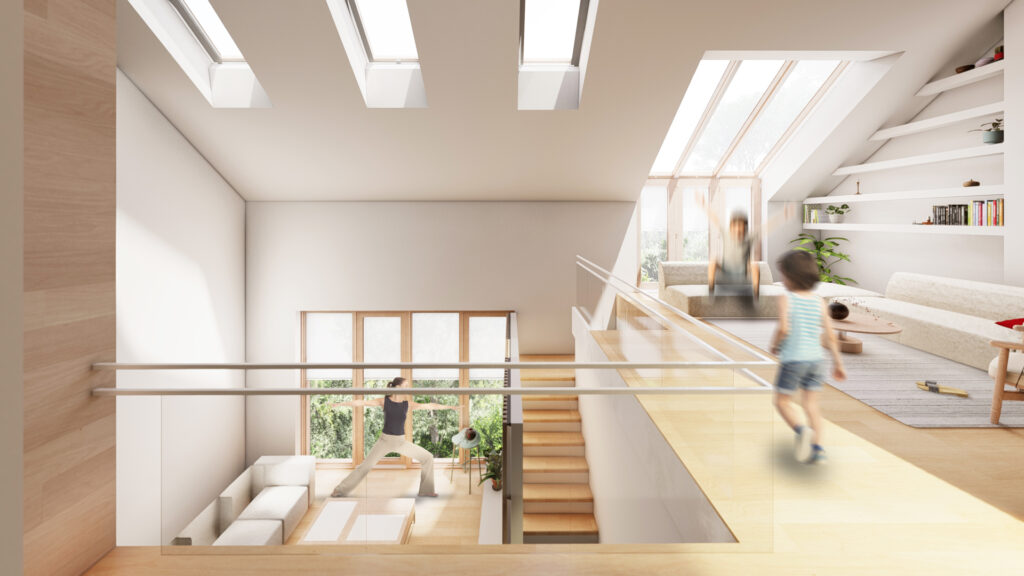
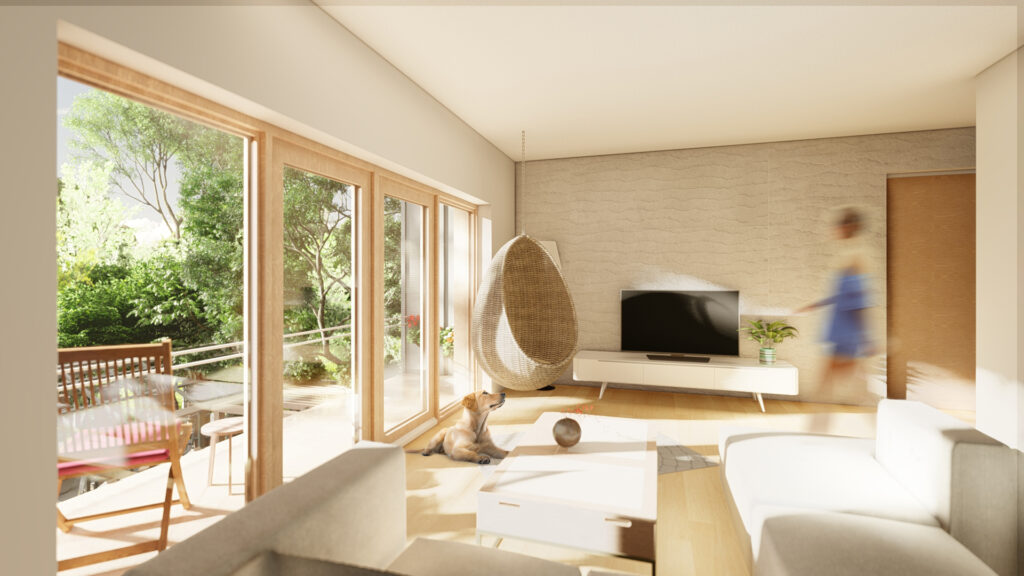
RADAR
